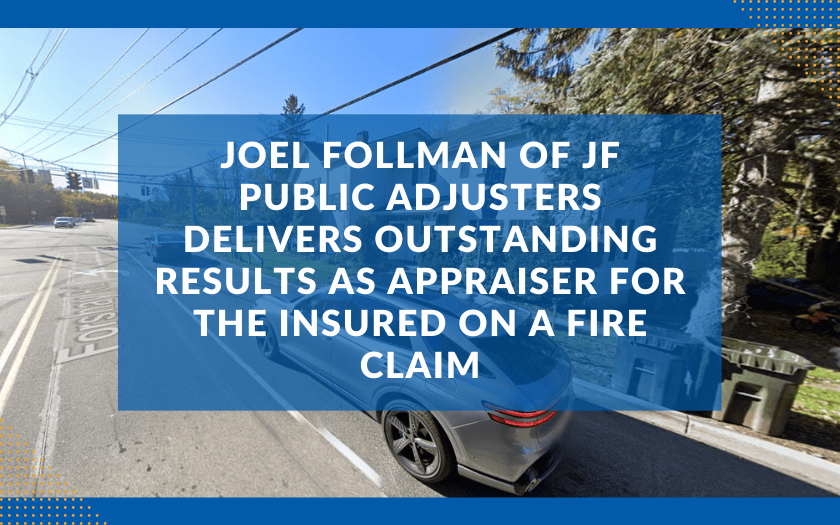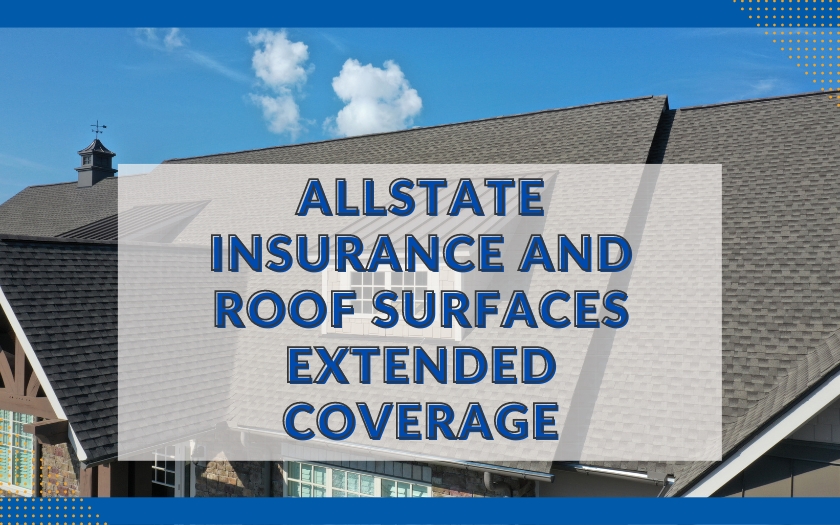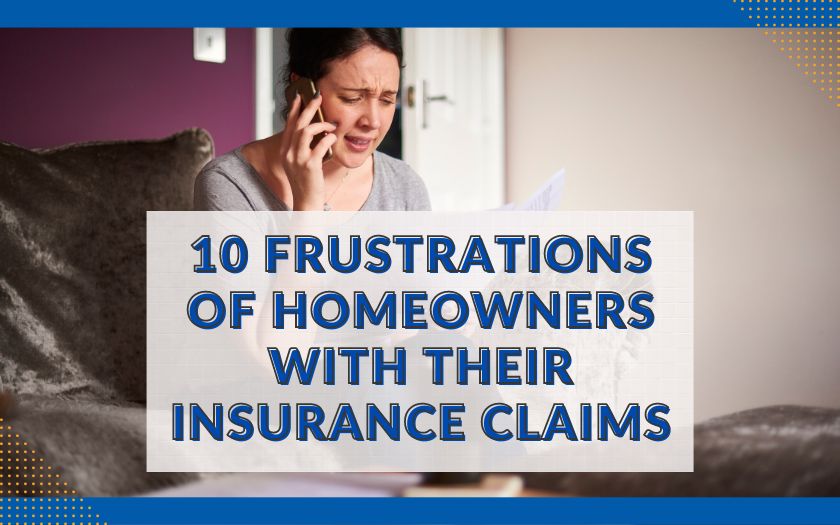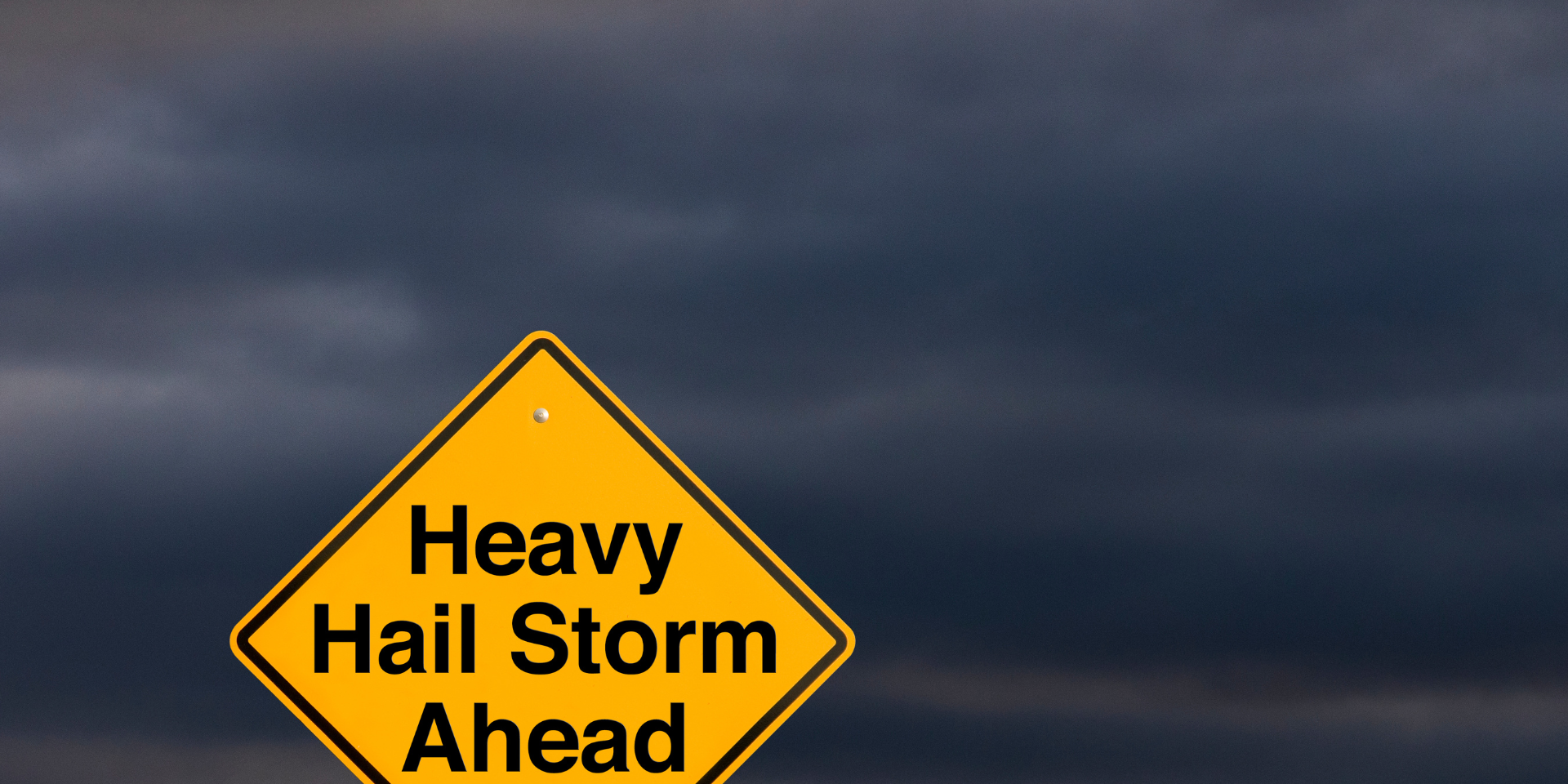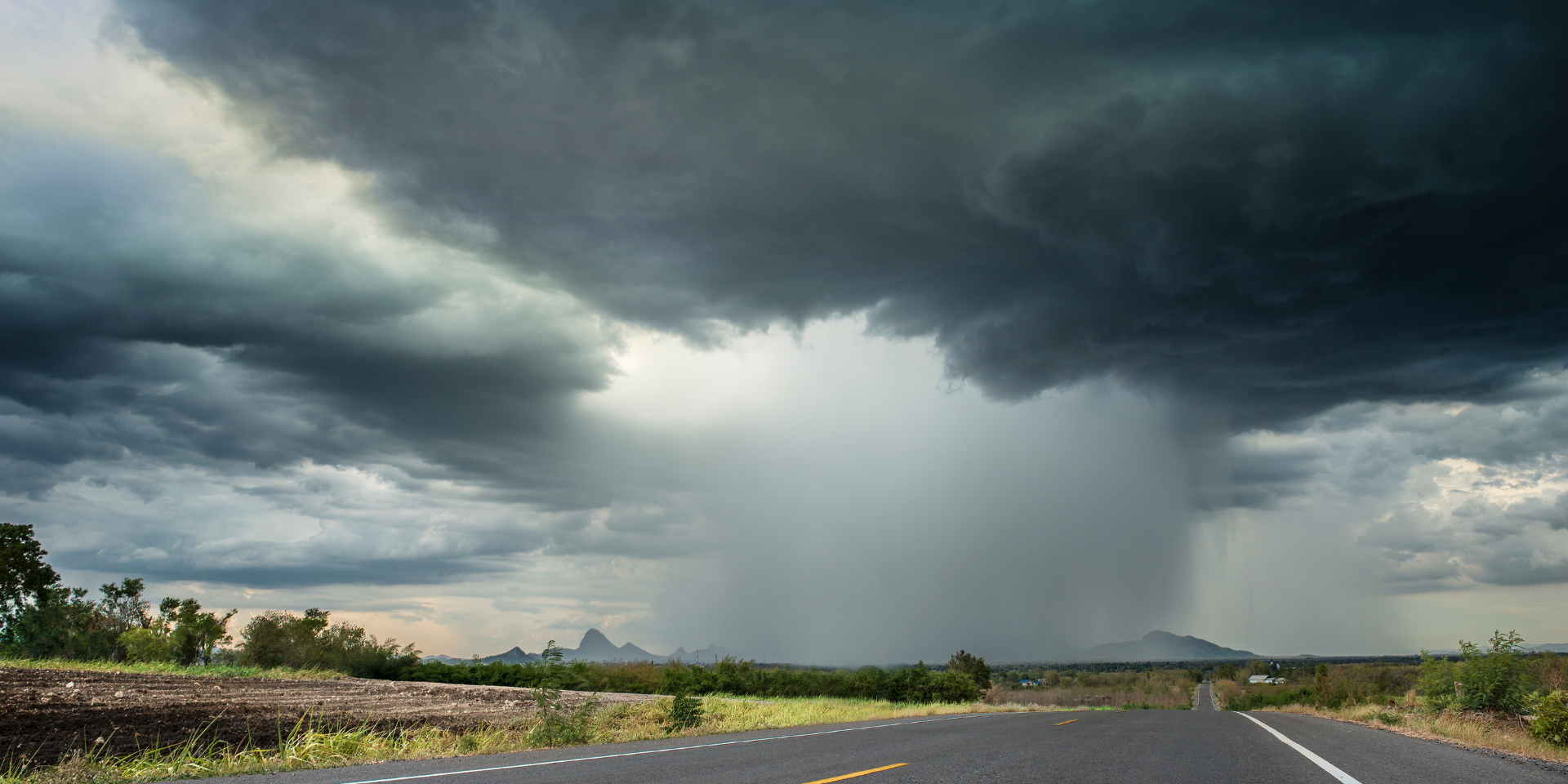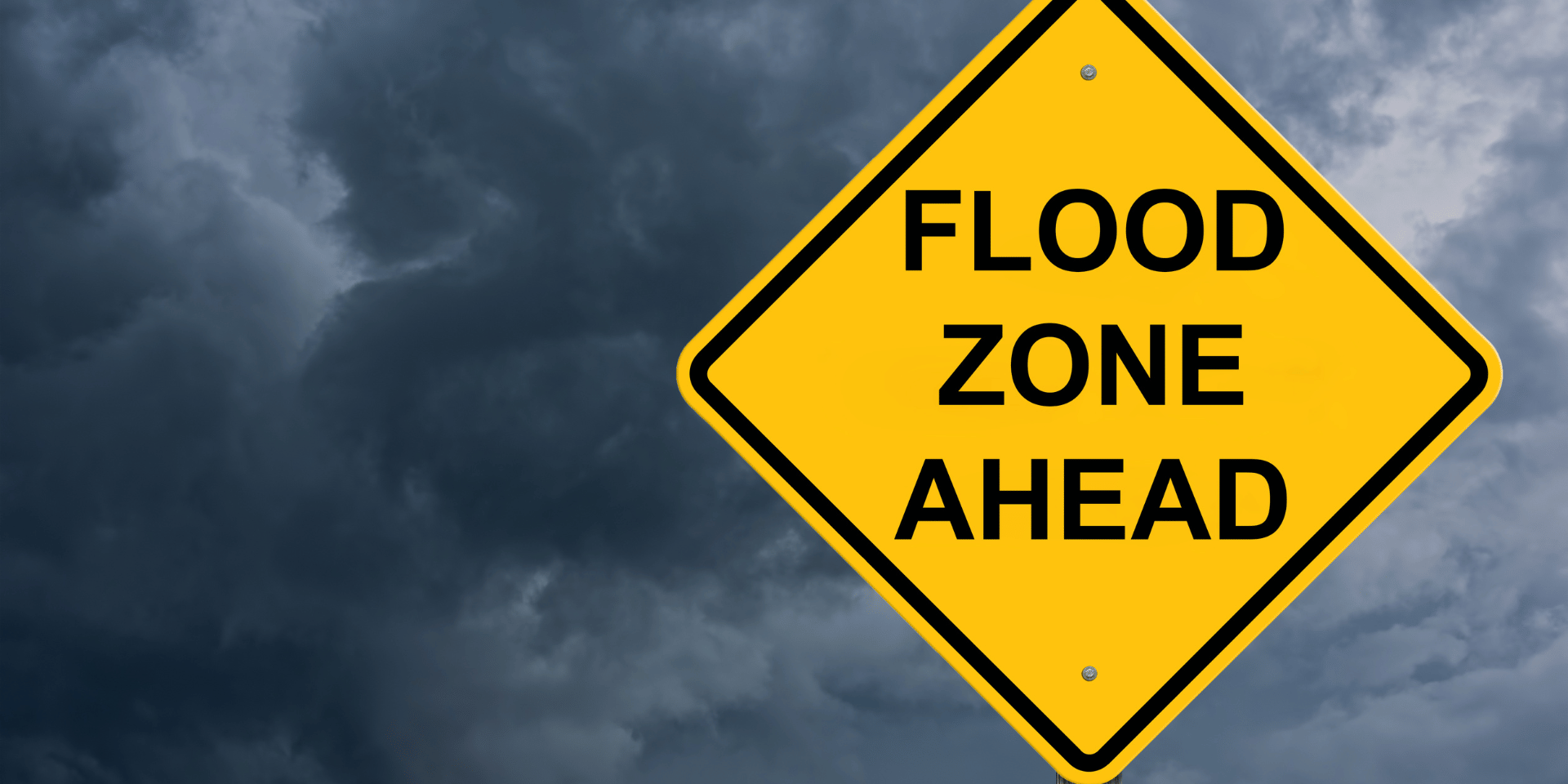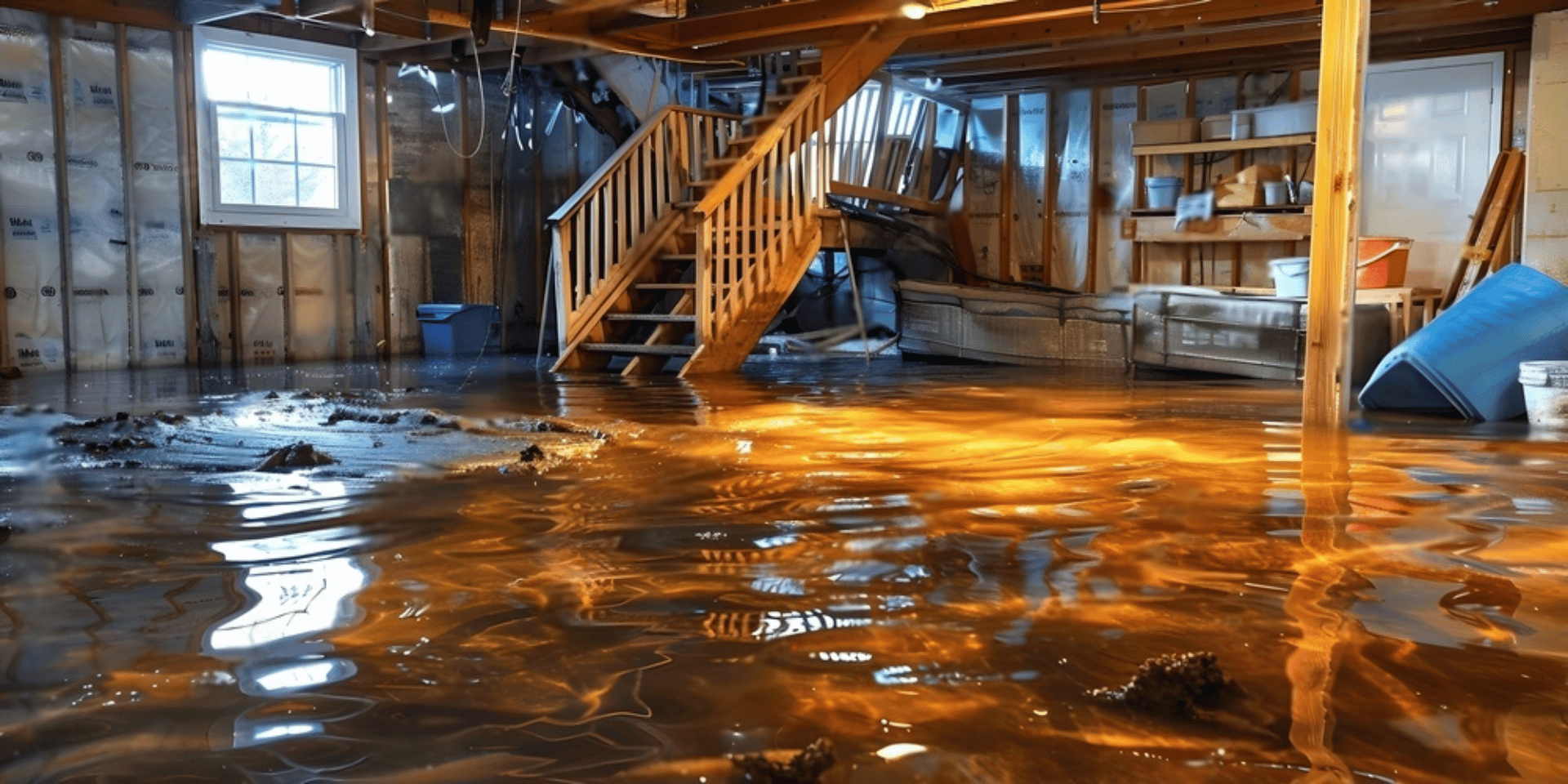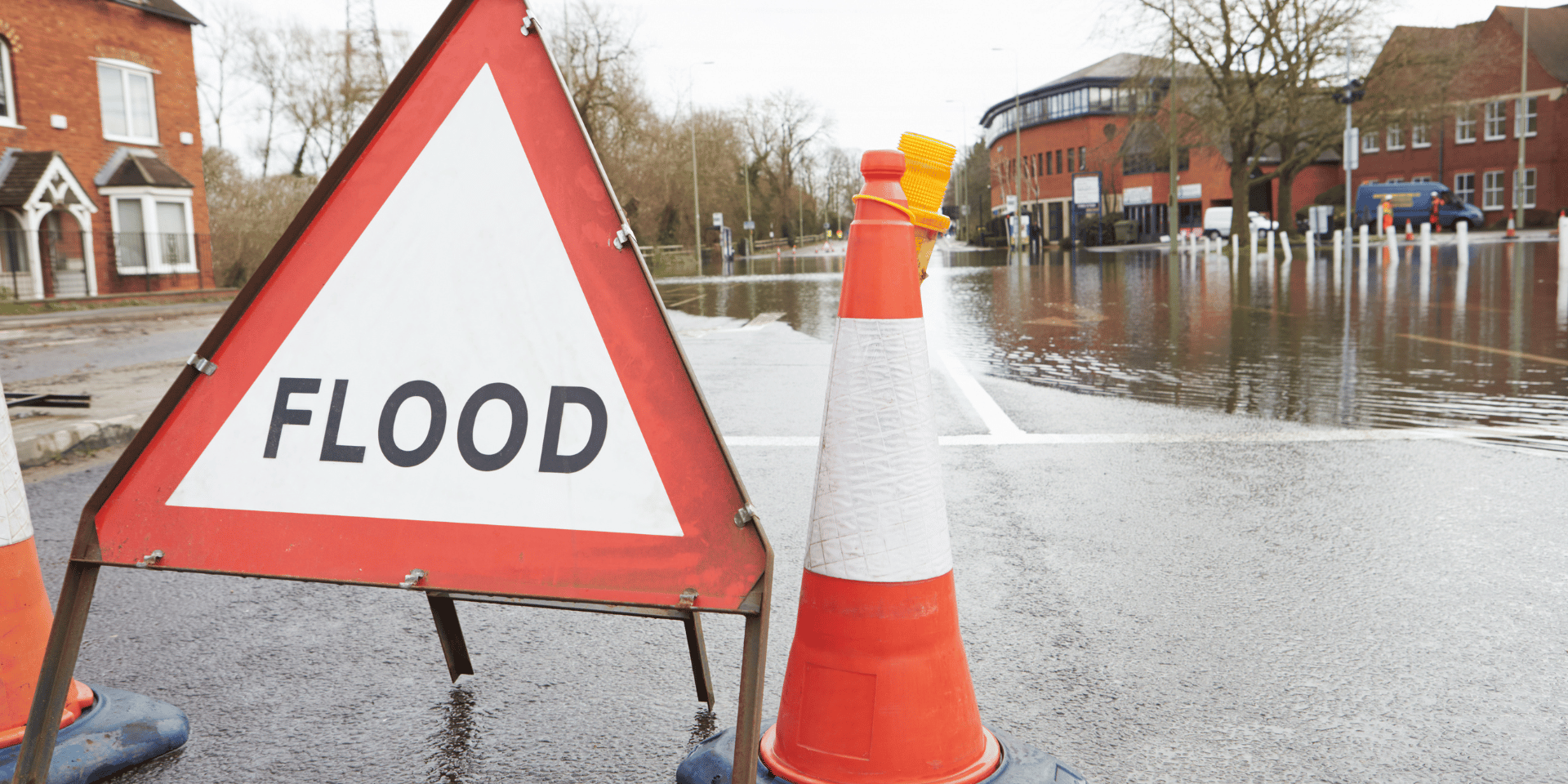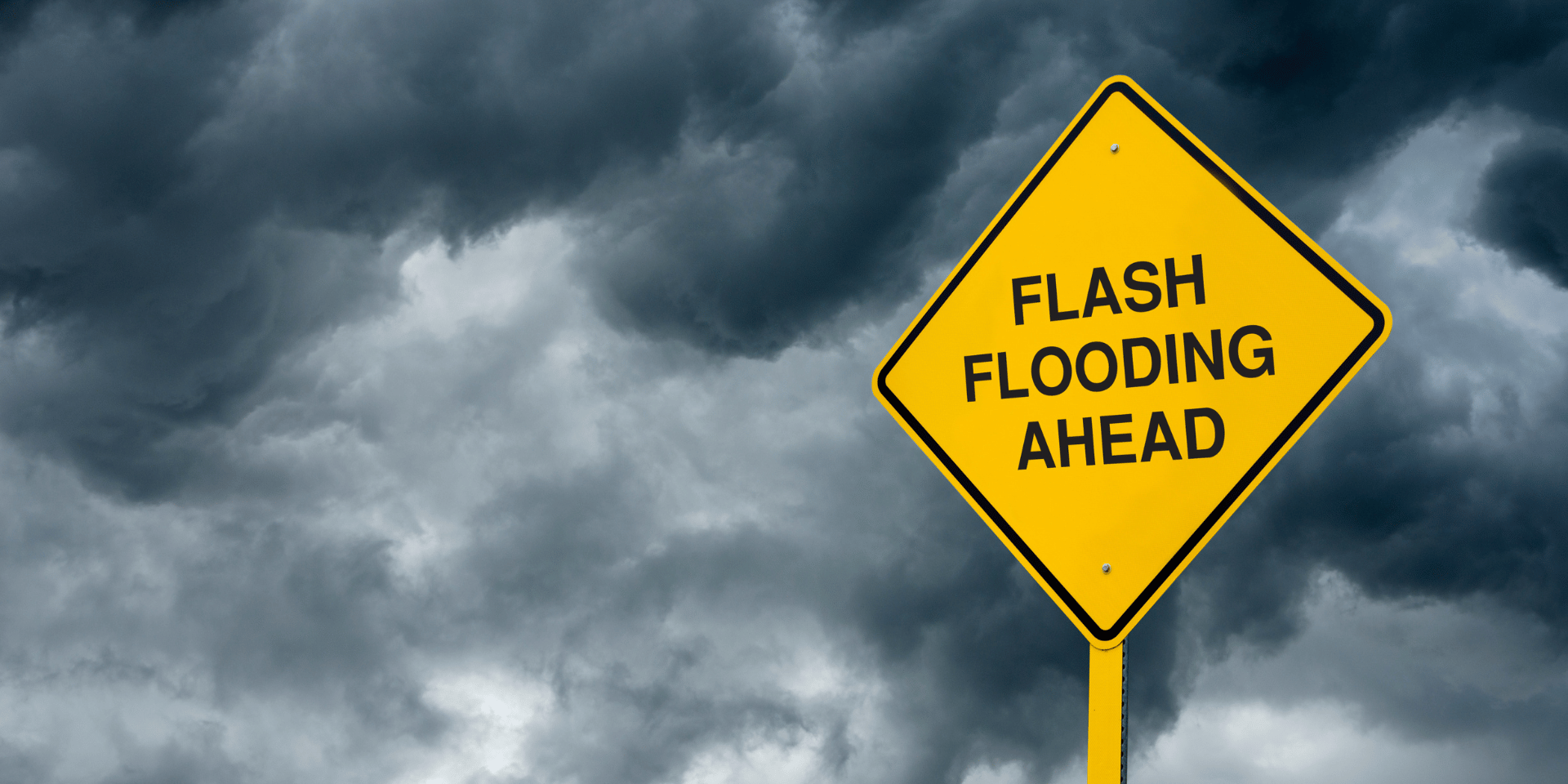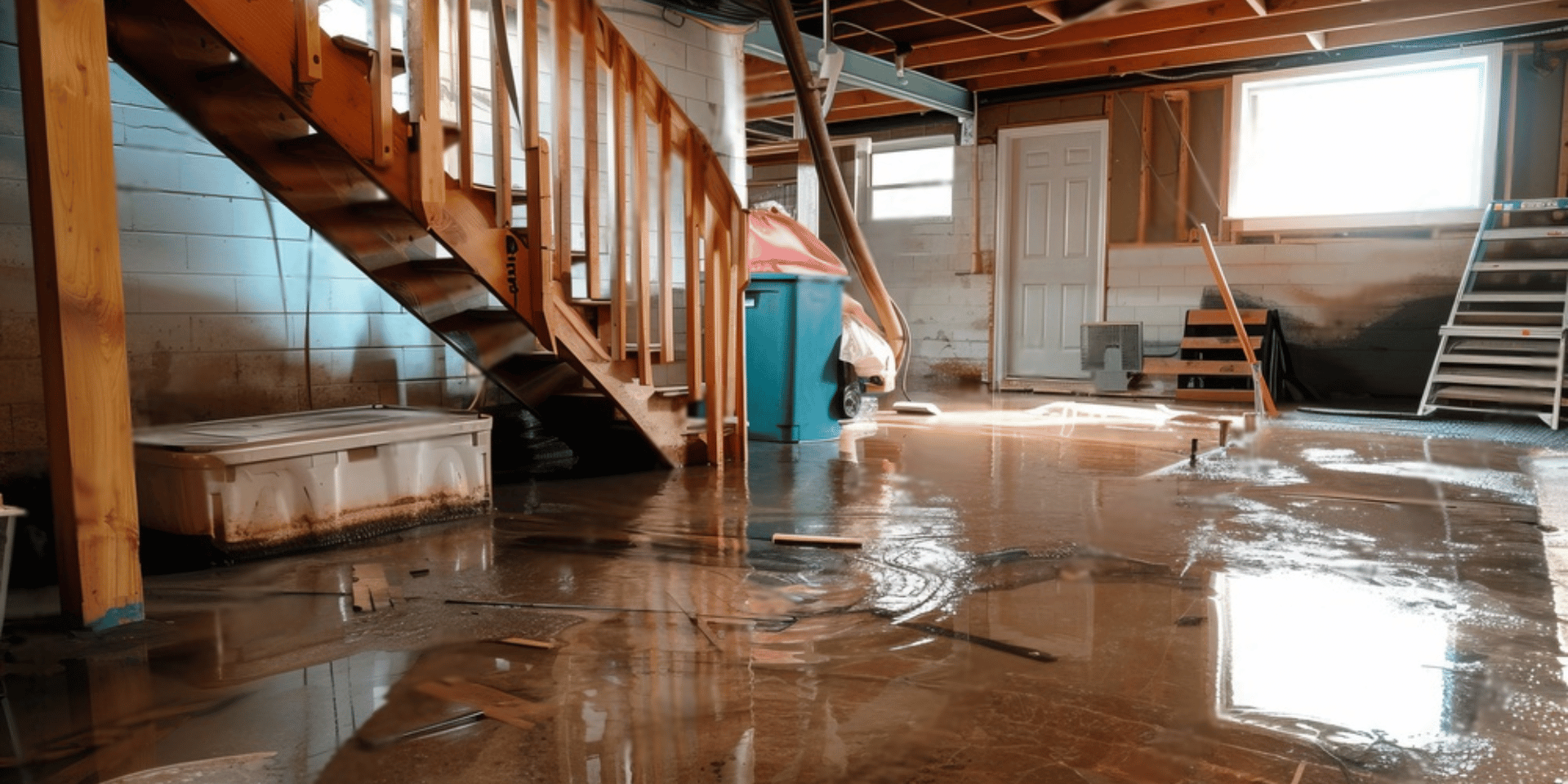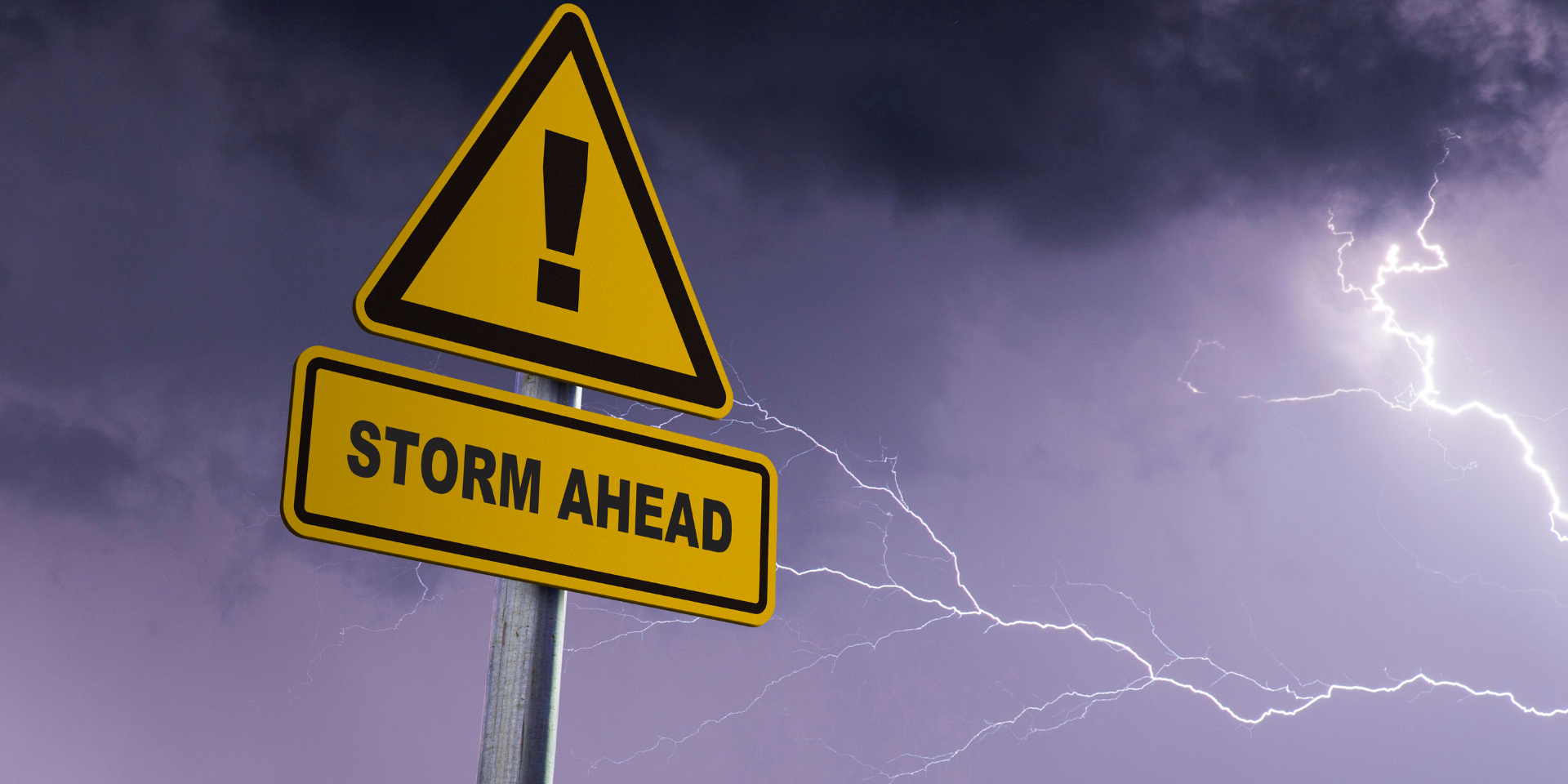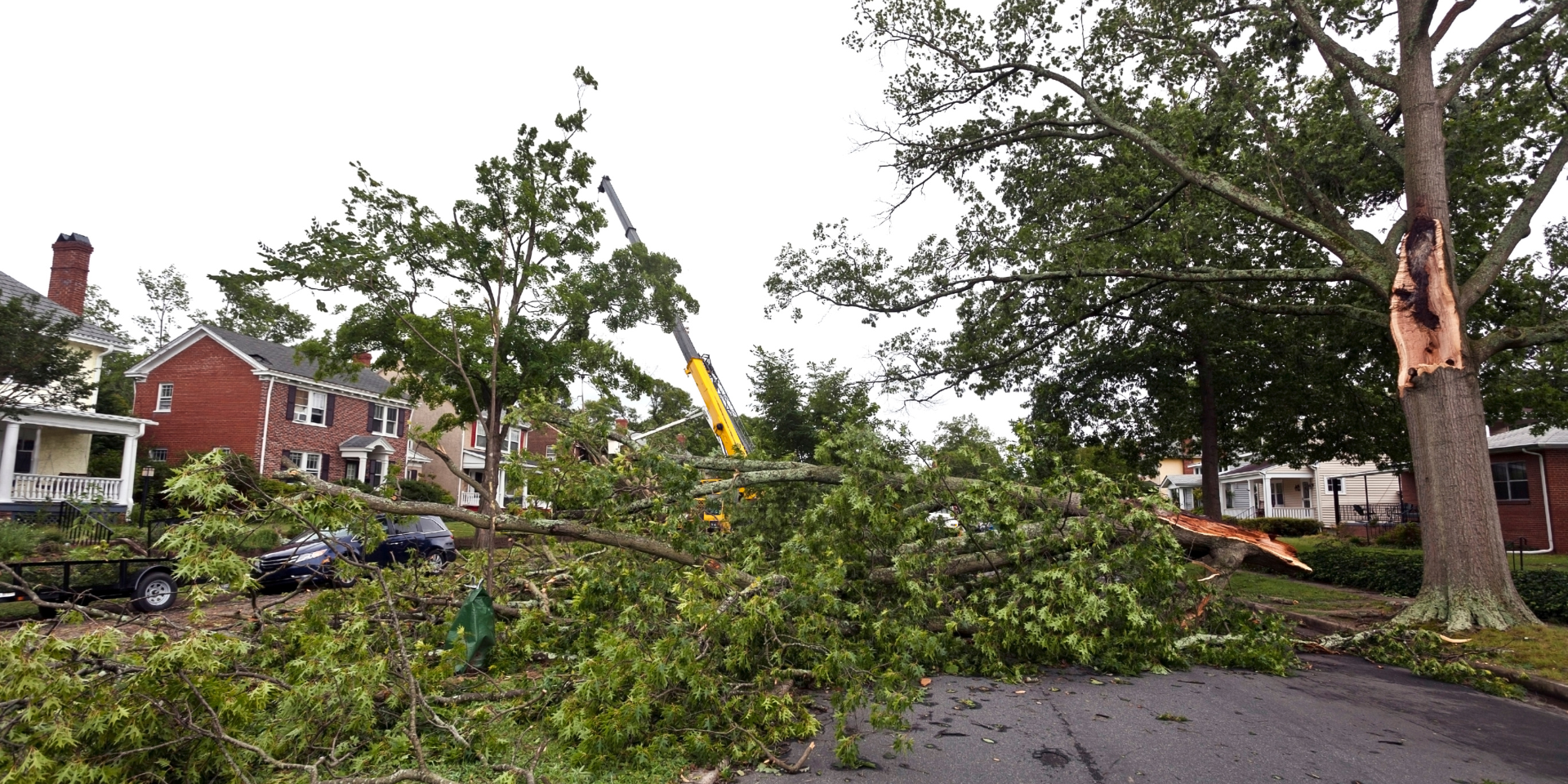The increasing popularity of electric bikes (e-bikes) as a modern, eco-friendly transportation alternative has brought about new considerations in personal safety and property risk management. E-bikes, which are powered by rechargeable lithium-ion batteries, have become more common in urban environments due to their convenience, affordability, and sustainability. However, these lithium-ion batteries, while efficient and powerful, can pose serious fire hazards under certain conditions. This article will explore the fire risks associated with e-bikes, the implications for fire insurance claims, and how homeowners and policyholders can protect themselves financially in the event of an e-bike-related fire.
The Fire Risks of E-Bikes
E-bikes are typically powered by lithium-ion batteries, the same type of batteries found in smartphones, laptops, and electric vehicles. While these batteries are generally safe when used correctly, they are known for their potential to catch fire or even explode when they malfunction. A lithium-ion battery fire can result from several factors:
E-bike-related fires have been on the rise, particularly in cities where their use is most prevalent. In New York City, for example, lithium-ion batteries used in e-bikes have been linked to multiple serious fires in recent years, raising concerns among fire departments, homeowners, and insurance companies alike.
How Fire Insurance Coverage Applies to E-Bike Fires
While most standard homeowners insurance policies provide coverage for fire-related damages, the specific circumstances surrounding an e-bike fire can influence how a claim is processed. The key question is whether the fire was accidental and unforeseen or resulted from negligence or misuse. Understanding the nuances of coverage in relation to e-bike fires is critical for homeowners.
Potential Coverage Gaps and Policy Exclusions
While homeowners insurance policies generally cover fire damage, there are instances where claims might be denied. E-bike-related fire claims may be rejected if the insurer determines that the homeowner was negligent in maintaining or using the e-bike or its battery. Some key considerations include:
Preventing E-Bike Fires: Best Practices for Homeowners
Given the potential dangers associated with e-bike fires, it is essential for homeowners to take proactive steps to minimize the risk of fire. Insurance companies may expect homeowners to exercise reasonable care when using high-risk items like e-bikes. The following best practices can help reduce the risk of e-bike fires:
How JF Public Adjusters Can Help with E-Bike Fire Claims
In the event of an e-bike fire, navigating the insurance claims process can be complex and frustrating. Insurance companies may scrutinize e-bike-related claims more closely, given the potential for negligence or improper use. This is where a professional public adjuster can be invaluable.
At JF Public Adjusters, we specialize in advocating for homeowners during the claims process, ensuring that they receive the full compensation they are entitled to under their policy. We thoroughly investigate the cause of the fire, document all damages, and negotiate with the insurance company on your behalf. Whether you are dealing with a claim denial or believe your settlement offer is too low, our team has the expertise and experience to help you navigate the complexities of an e-bike fire insurance claim.
While e-bikes offer many benefits, homeowners must be aware of the fire risks associated with lithium-ion batteries and how their insurance policies address these risks. Taking preventative measures and understanding your insurance coverage are key to protecting yourself financially in the event of an e-bike fire. Should the worst happen, JF Public Adjusters is here to ensure that your claim is handled professionally and fairly.
GET IN TOUCH!
The Leading Property Damage Experts Are Here To Help
CONTACT NEW YORK’S HIGHEST RATED PUBLIC ADJUSTER IMMEDIATELY BY CALLING OUR OFFICE OR BY COMPLETING THE FORM.
CALL US FOR FREE

